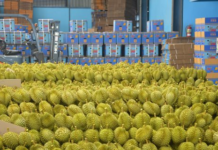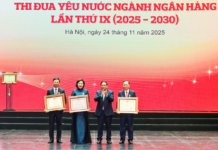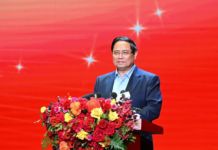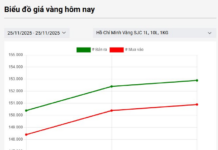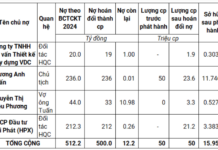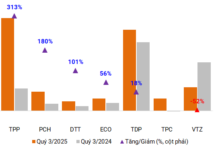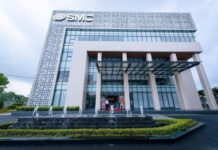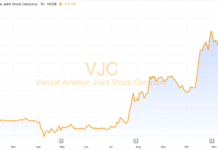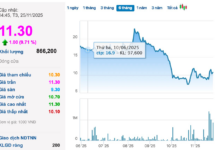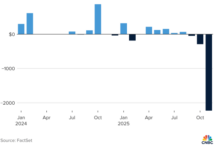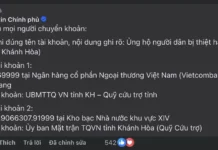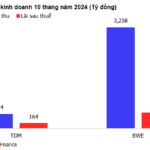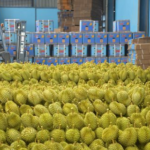Washing machines are one of the most water and electricity-consuming appliances in households, second only to refrigerators and air conditioners. The two most popular types of washing machines on the market today are front-loading and top-loading machines. Many consumers are curious: which one is truly more energy and water-efficient?
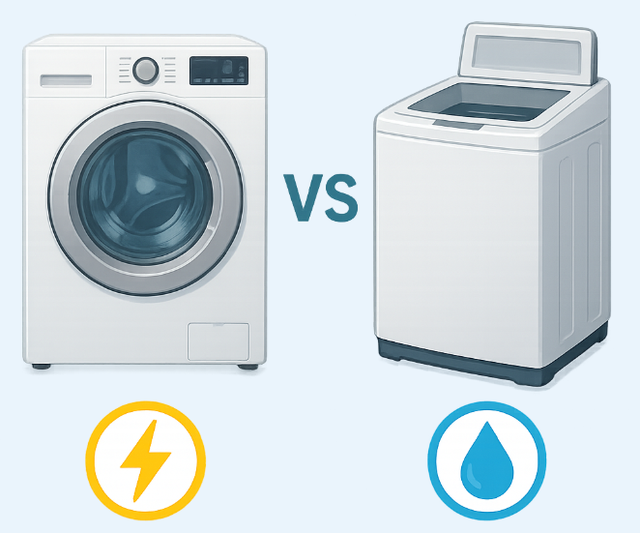
1. Distinct Structures and Operating Principles
Front-loading washing machines: These machines utilize a horizontal rotating mechanism, with the drum spinning around a horizontal axis. Clothes are tumbled and cleaned through lift and fall forces, simulating hand washing and achieving effective cleaning with less water.
Top-loading washing machines: Featuring a vertically rotating drum, this type of machine agitates clothes in water using a spinning plate. As the clothes need to be submerged, this type of machine tends to use more water.
2. Water Consumption
This is the most significant differentiating factor:
Front-loaders require only about 40-60 liters of water for a standard wash cycle.
In contrast, top-loaders typically use 120-150 liters of water for the same amount of laundry.
Thus, front-loading machines conserve up to 50-70% of water compared to their top-loading counterparts. This is a significant advantage for households with high water costs or those residing in water-scarce areas.
3. Electricity Consumption
Front-loading machines tend to consume more electricity per wash due to longer cycles and the inclusion of hot water settings. However, with Inverter technology and Eco modes, this disparity is decreasing.
Top-loading machines have shorter wash times and simpler cycles, resulting in lower electricity consumption per wash.
According to practical surveys, when washing in cold water, the total electricity consumption of the two types of machines does not vary drastically. However, if hot water is frequently used, front-loaders can consume up to 15-20% more electricity.
4. Cleaning and Drying Efficiency
Front-loading machines deliver superior cleaning performance due to their tumbling action, causing less damage to fabric fibers, especially delicate or premium garments. Additionally, their high spin speeds of 1,000-1,400 rpm result in drier clothes, reducing drying time or saving electricity if a dryer is used.
While top-loading machines offer quicker washes, they are more prone to tangling and fabric abrasion. Their lower spin speeds of 700-900 rpm leave clothes damper, prolonging drying times.
5. Price and Long-term Usage Costs
Top-loading machines are more affordable, typically ranging from 4 to 8 million VND, making them suitable for smaller households with basic needs.
Front-loading machines usually cost between 7 and 20 million VND, representing a higher initial investment. However, they offer water-saving benefits and various modern washing modes. Over time, the savings on water and electricity bills can offset the price difference.
If water conservation and fabric care are your top priorities, front-loading machines are the optimal choice, especially for larger families. On the other hand, if budget constraints exist or quick washes with low initial costs are preferred, top-loading machines remain a viable option.
Consumers can make informed decisions by considering their specific needs and usage habits, selecting appliances that meet their daily requirements while optimizing their monthly utility expenses.
Who is responsible for electrical power failures?
Many families and businesses are concerned about the electricity supply and ways to save electricity during this hot summer season.



